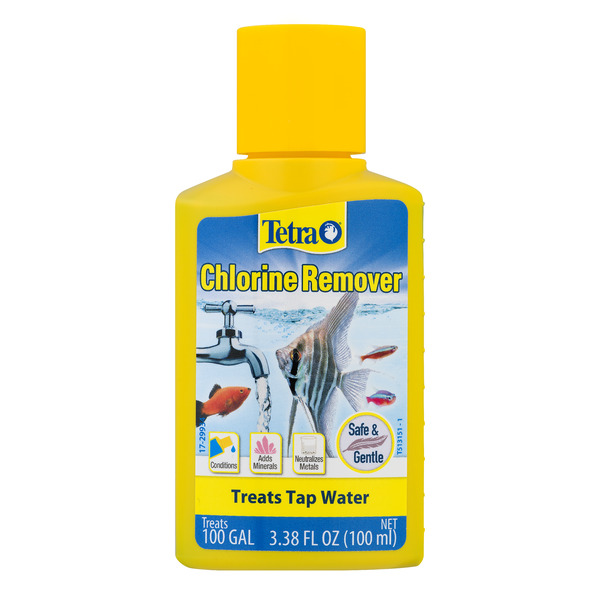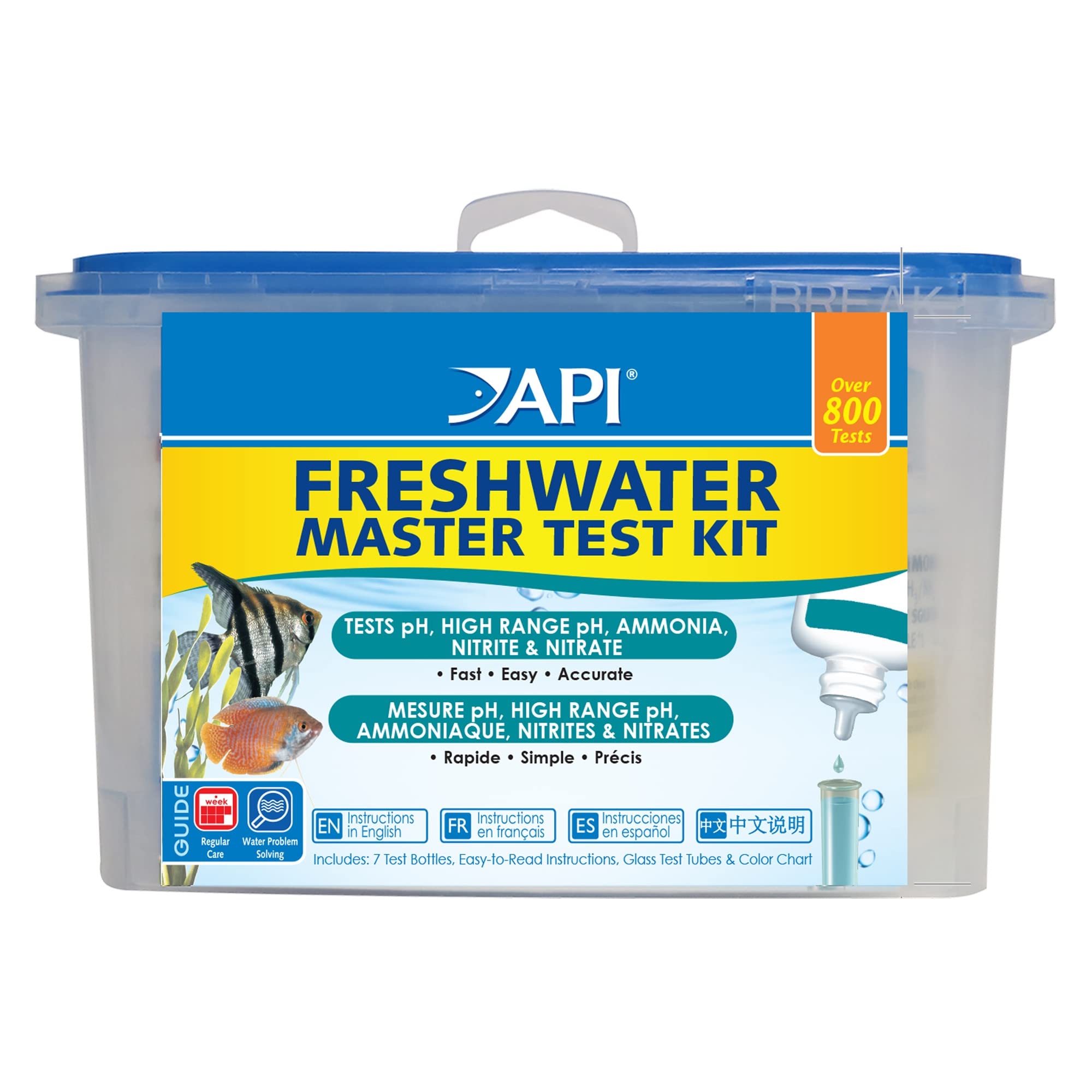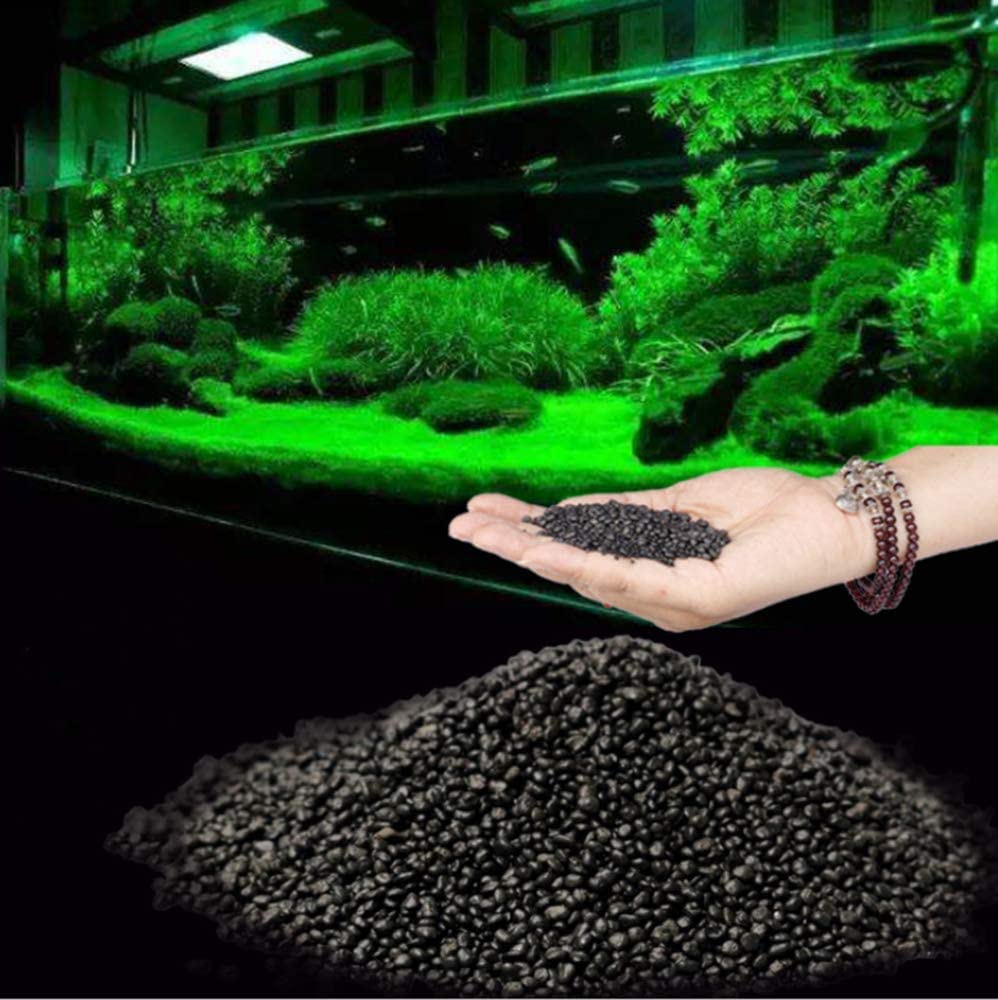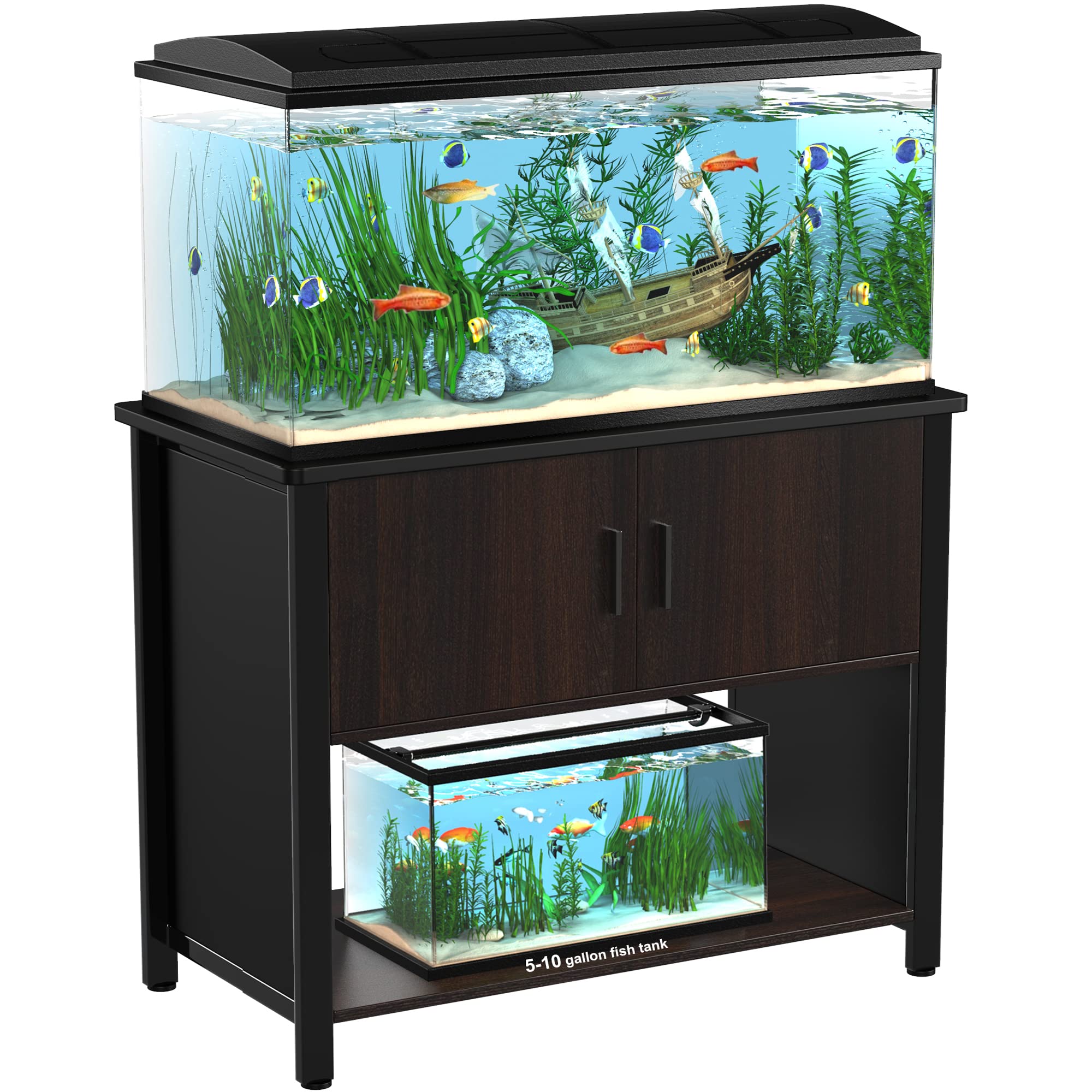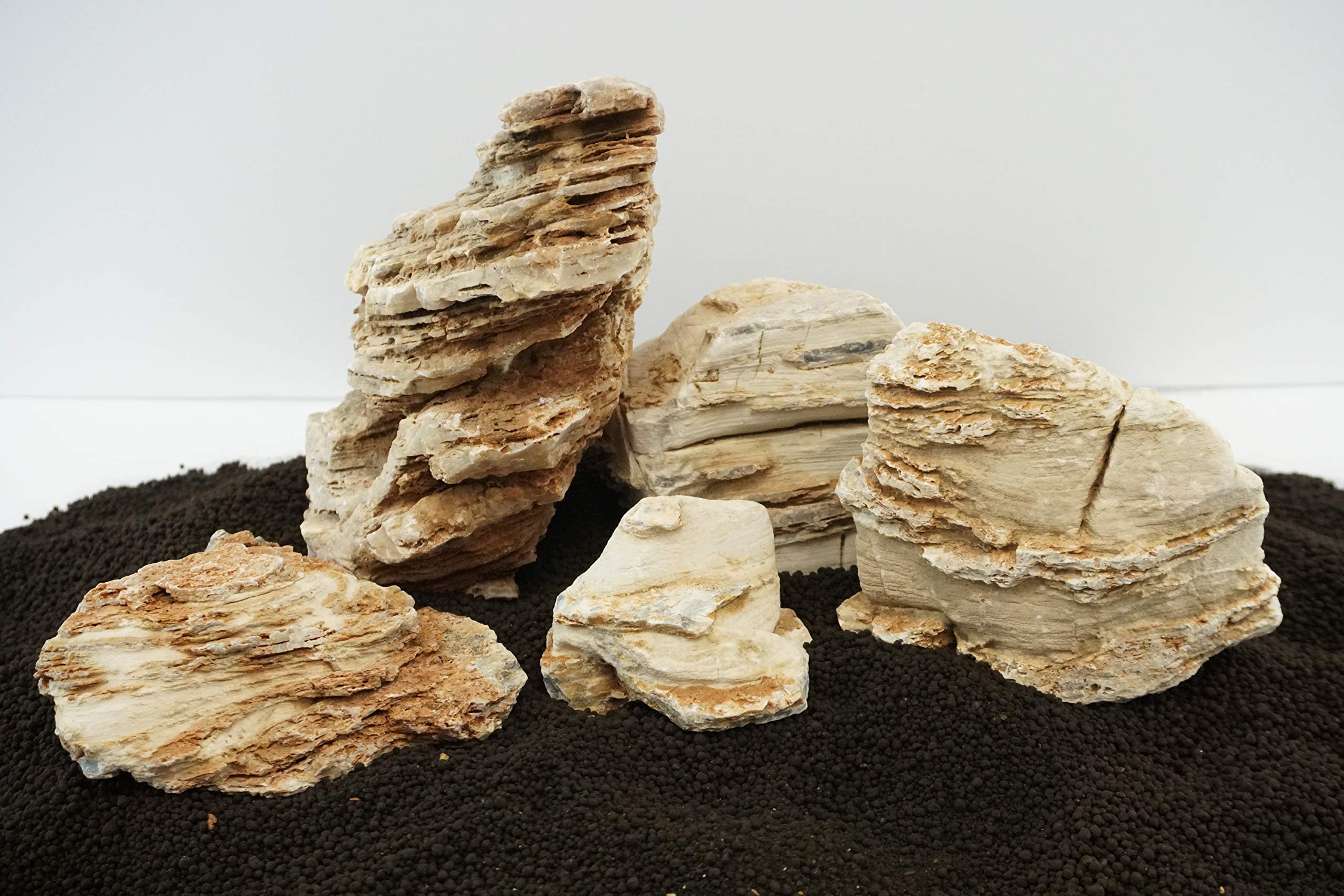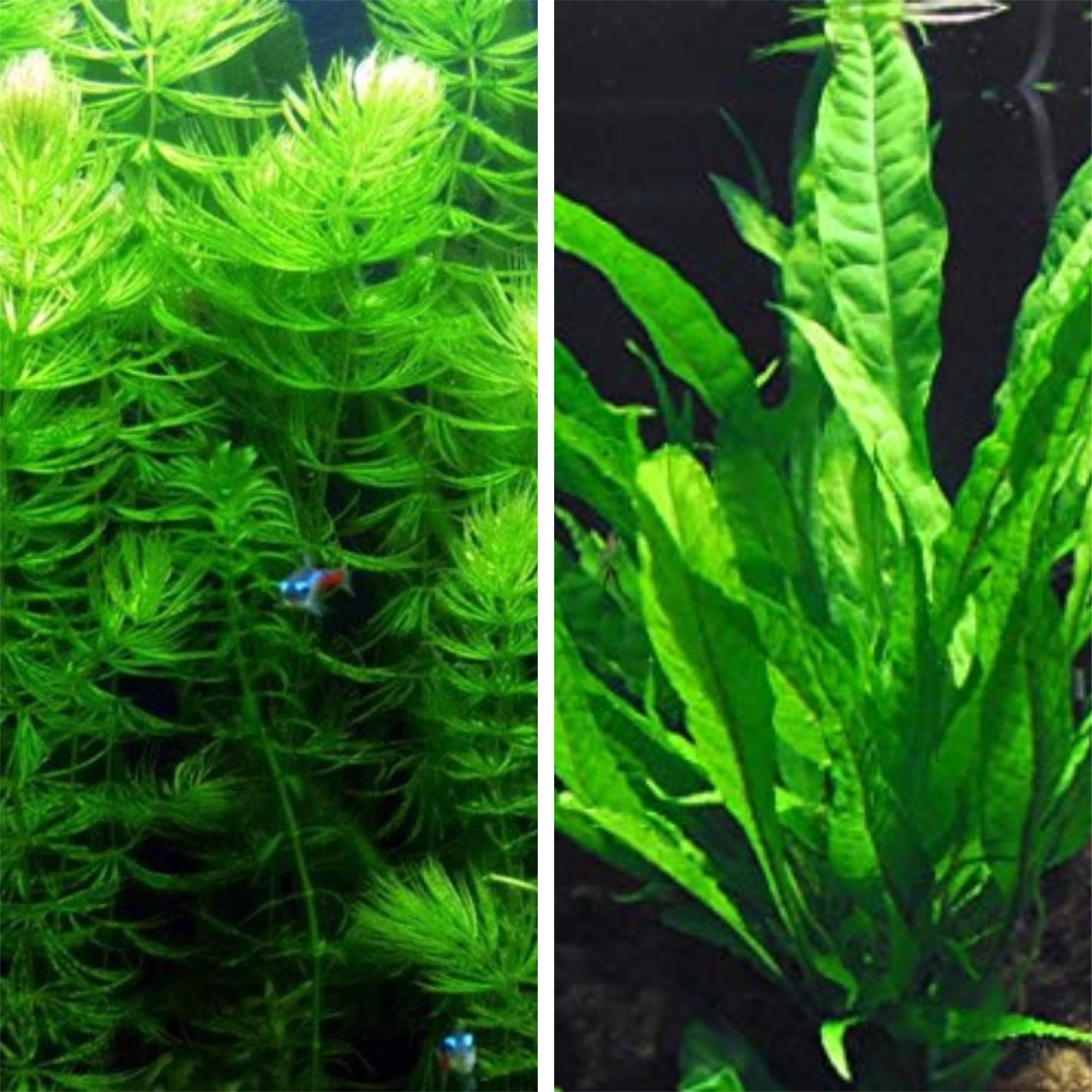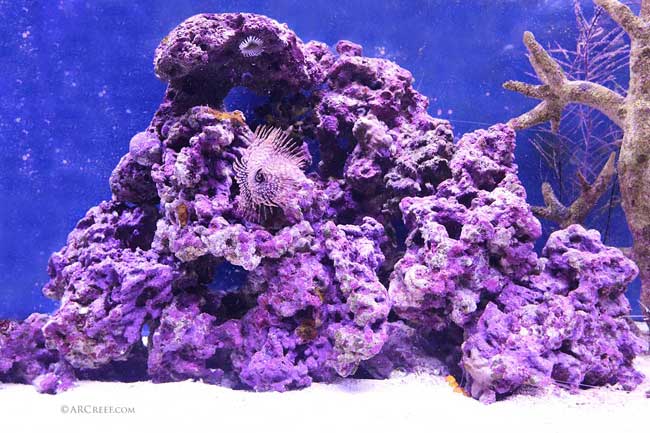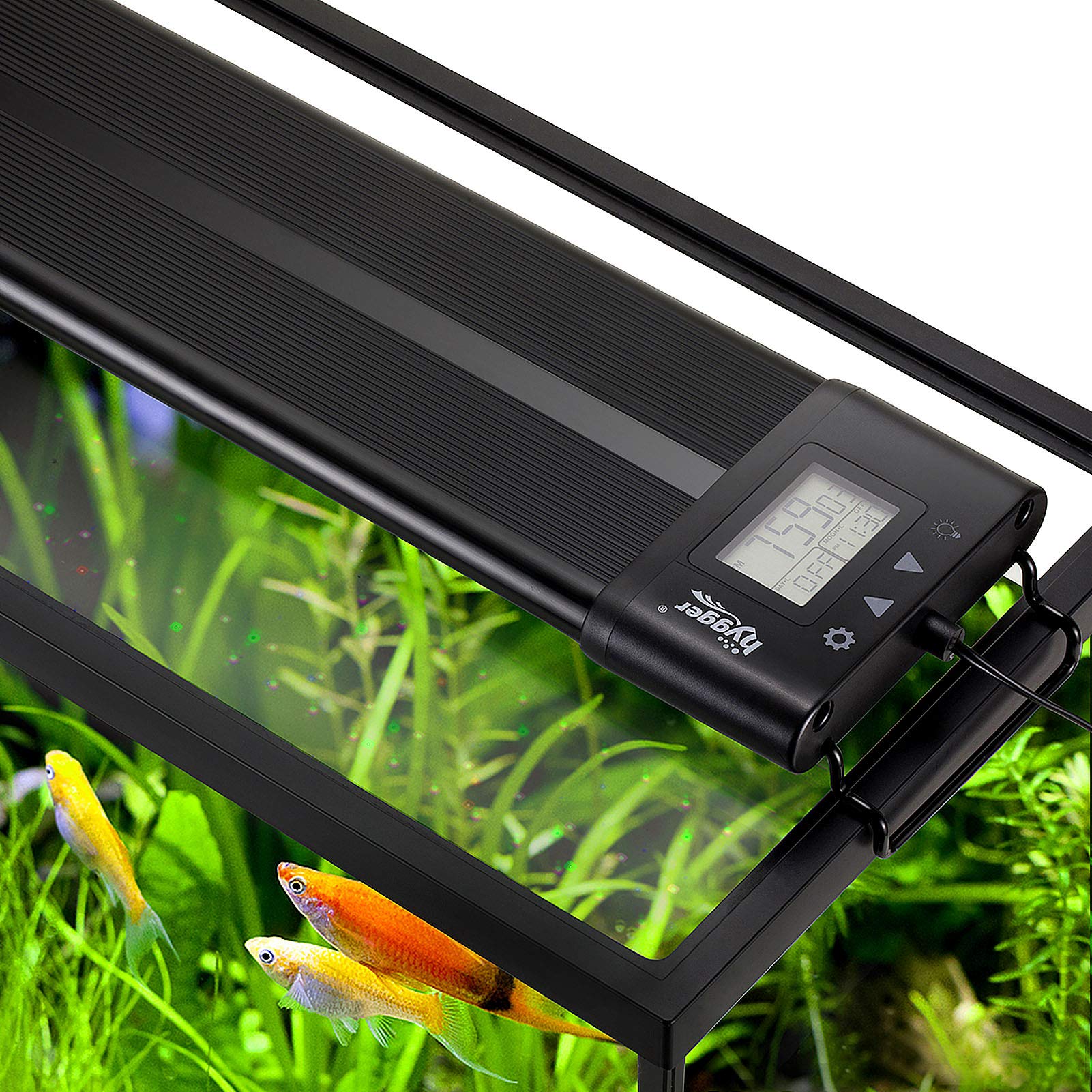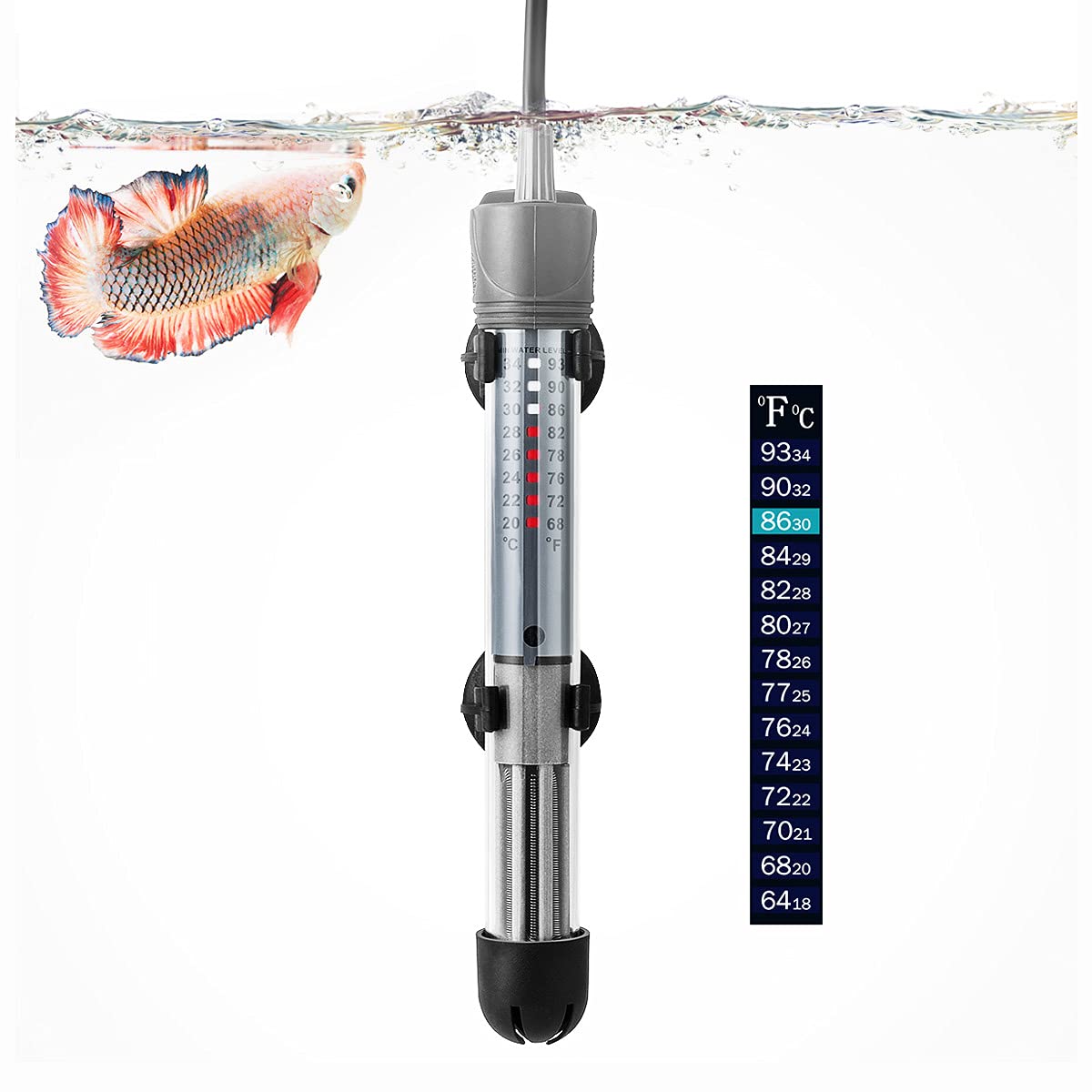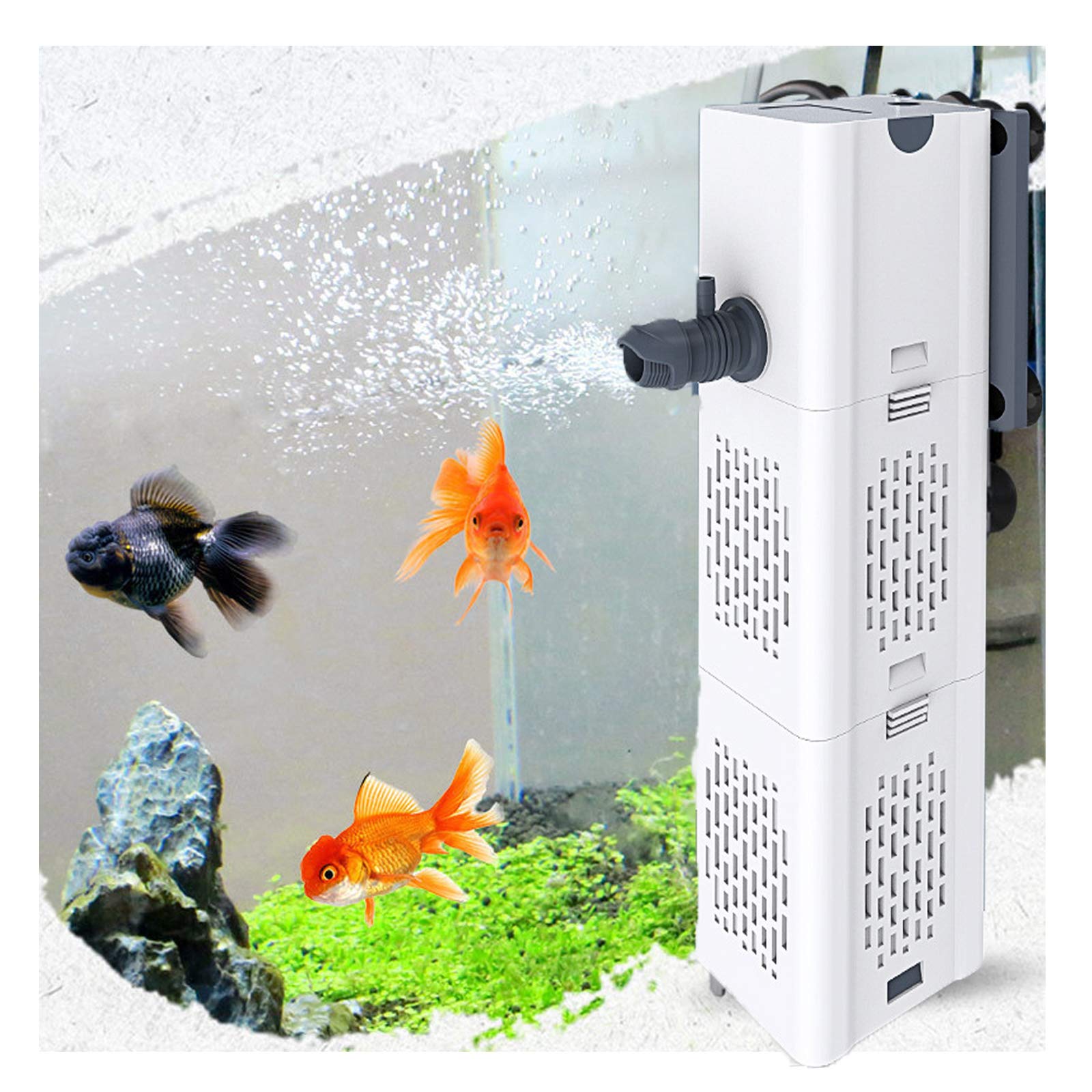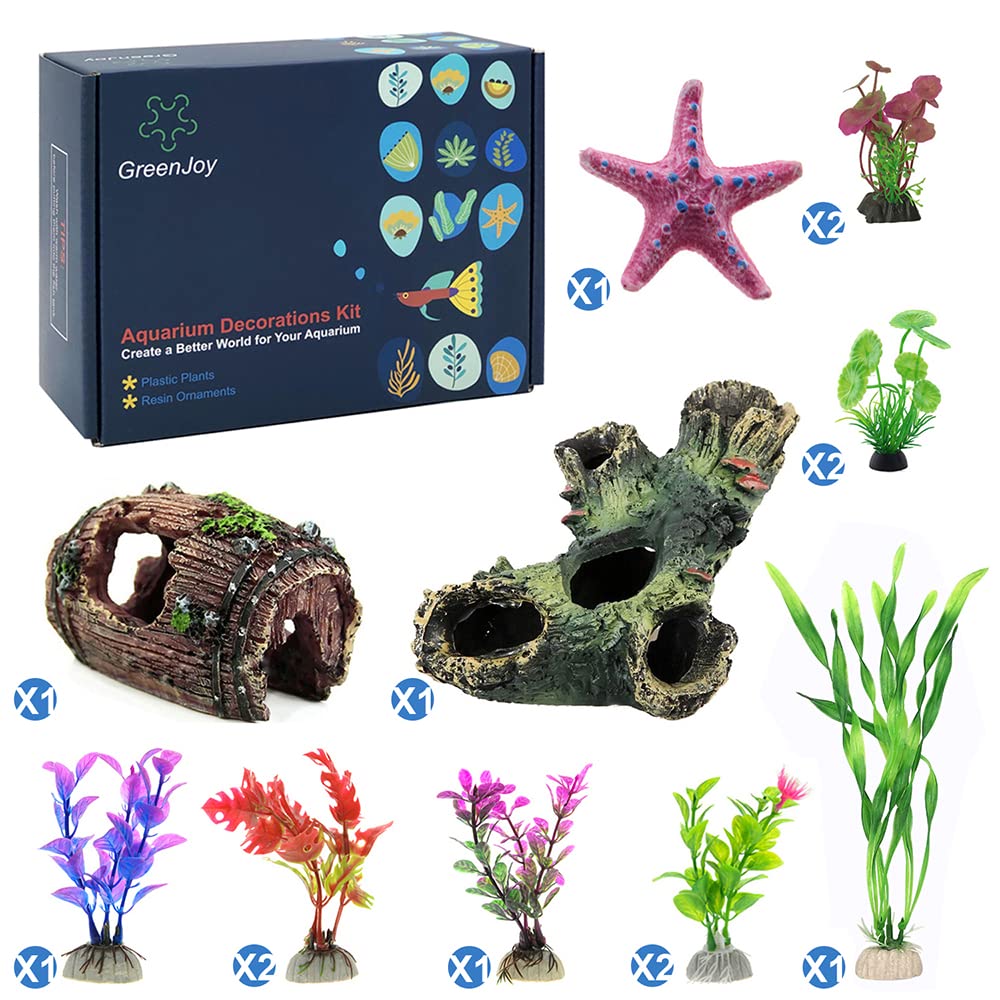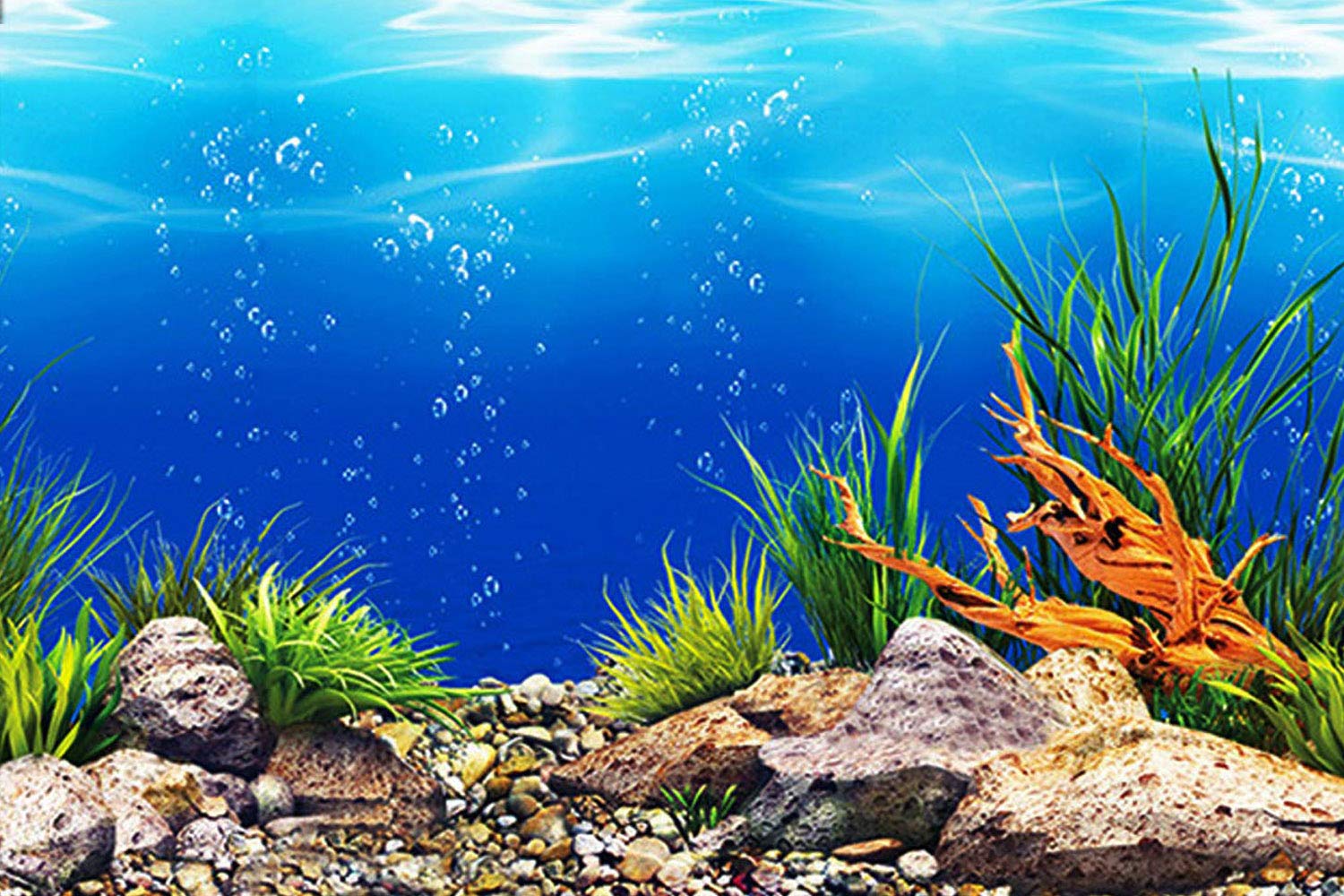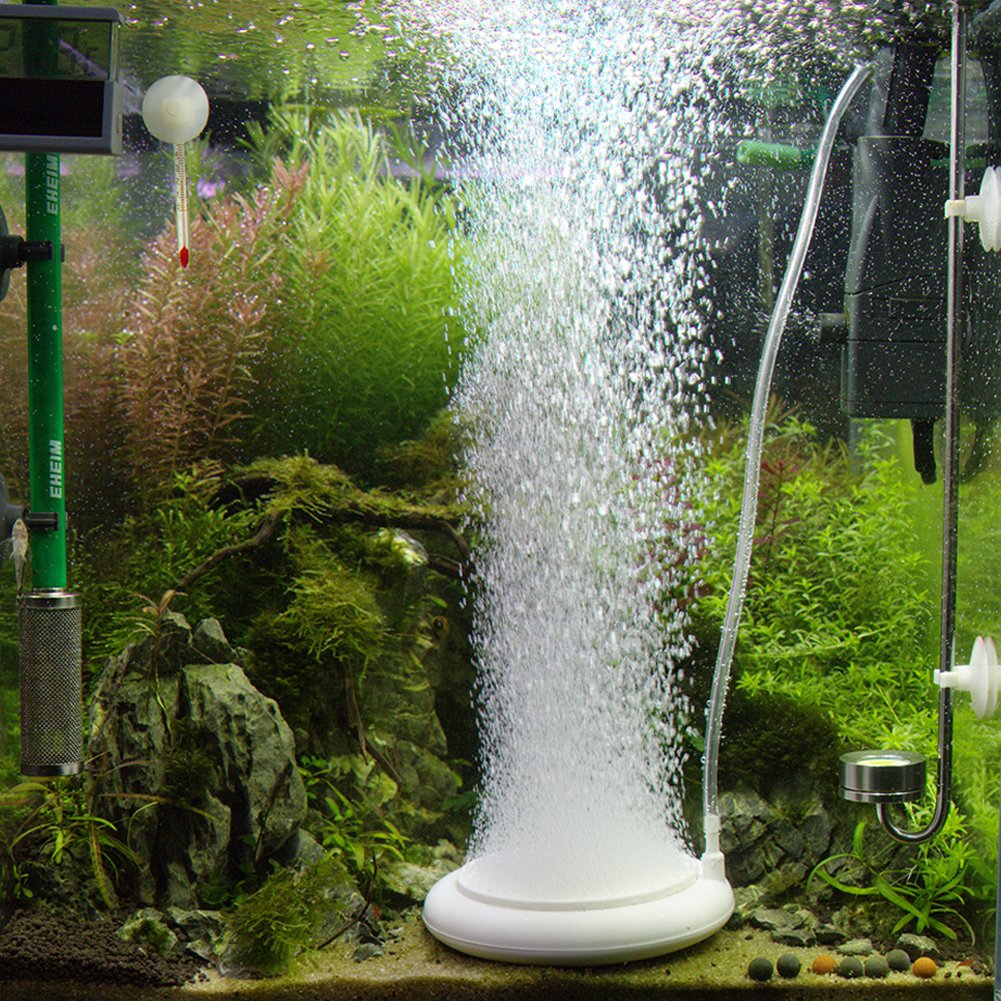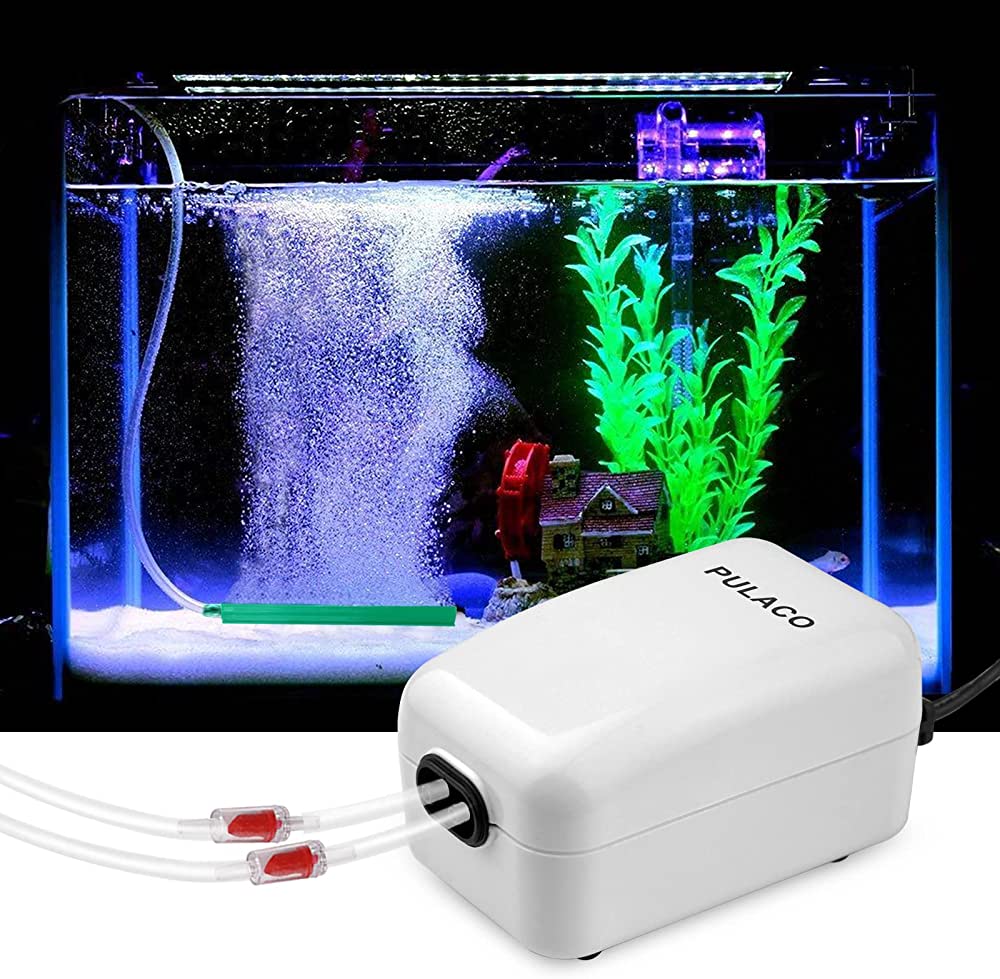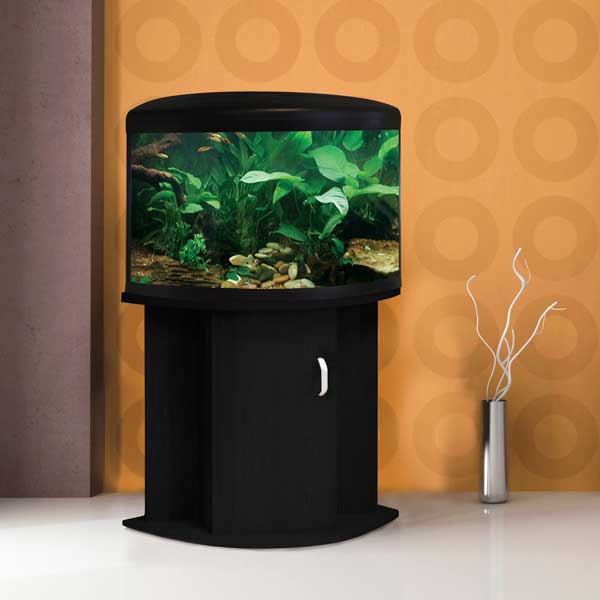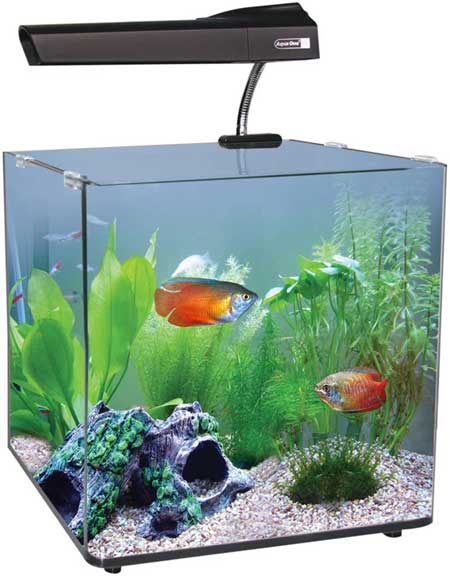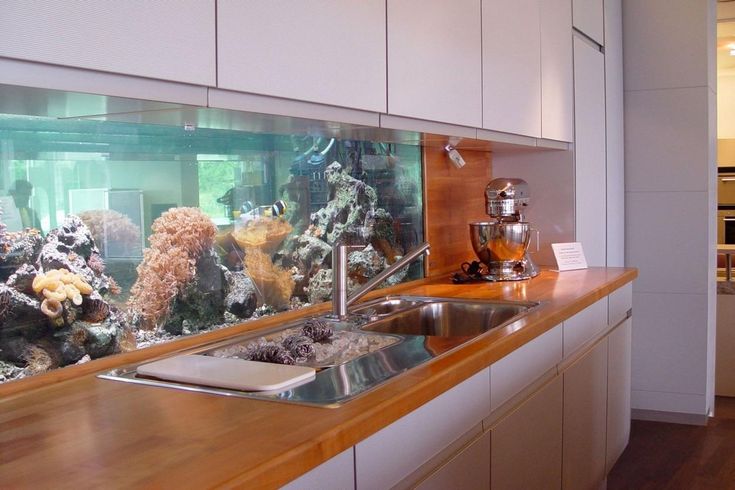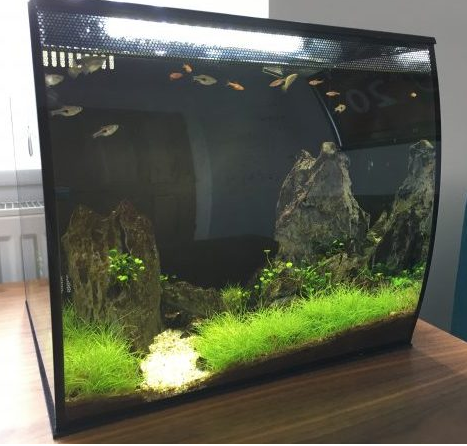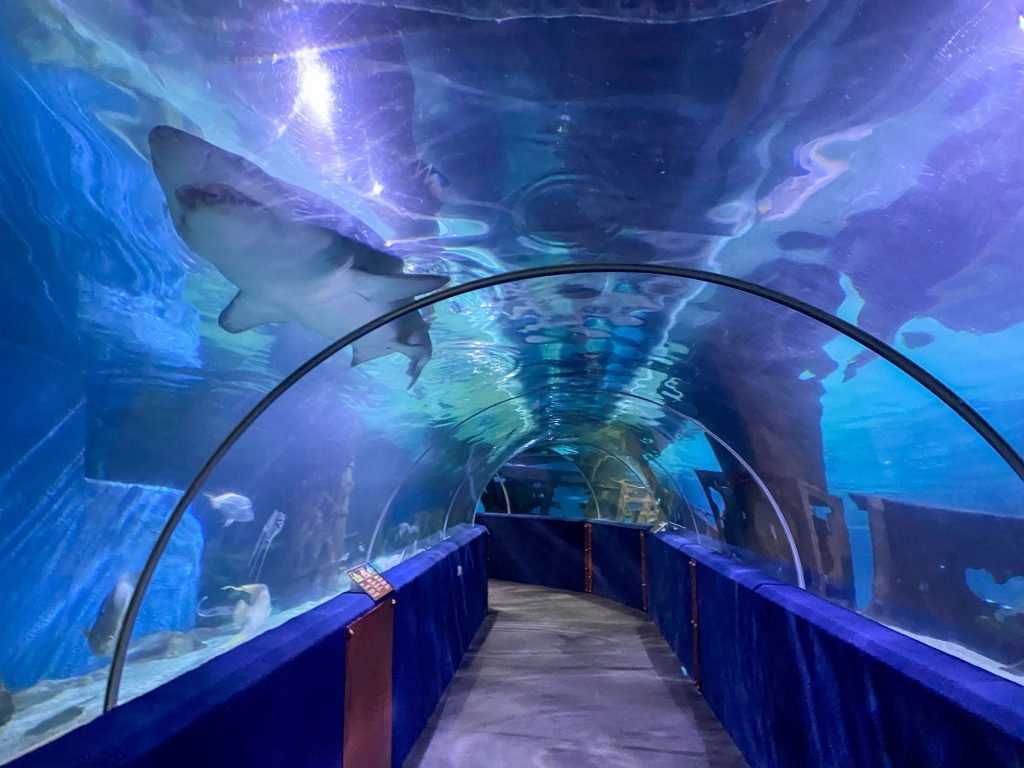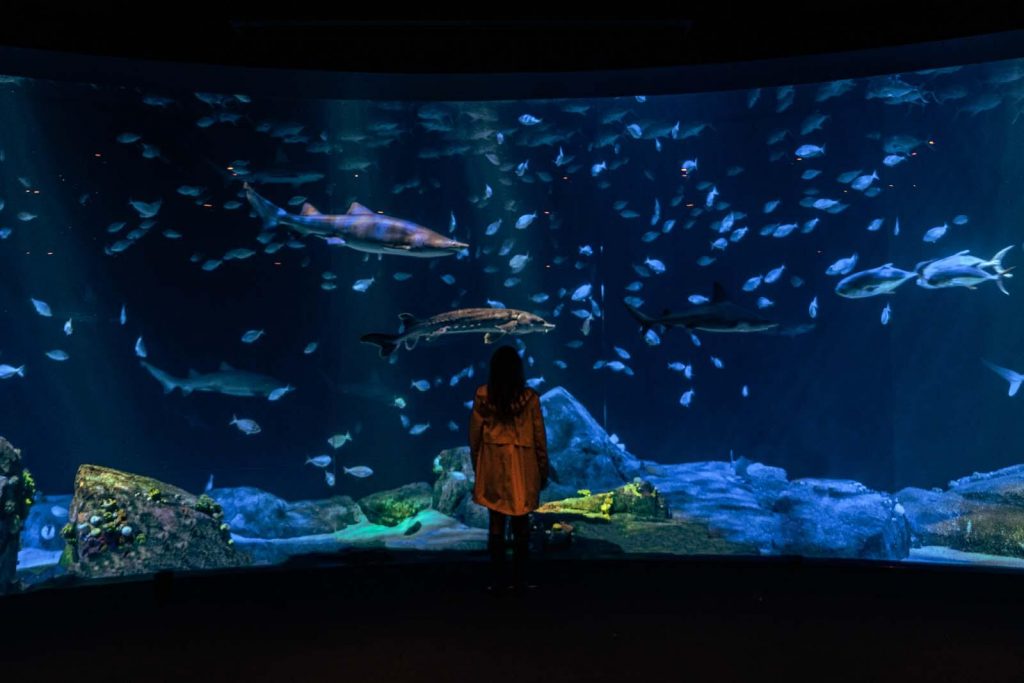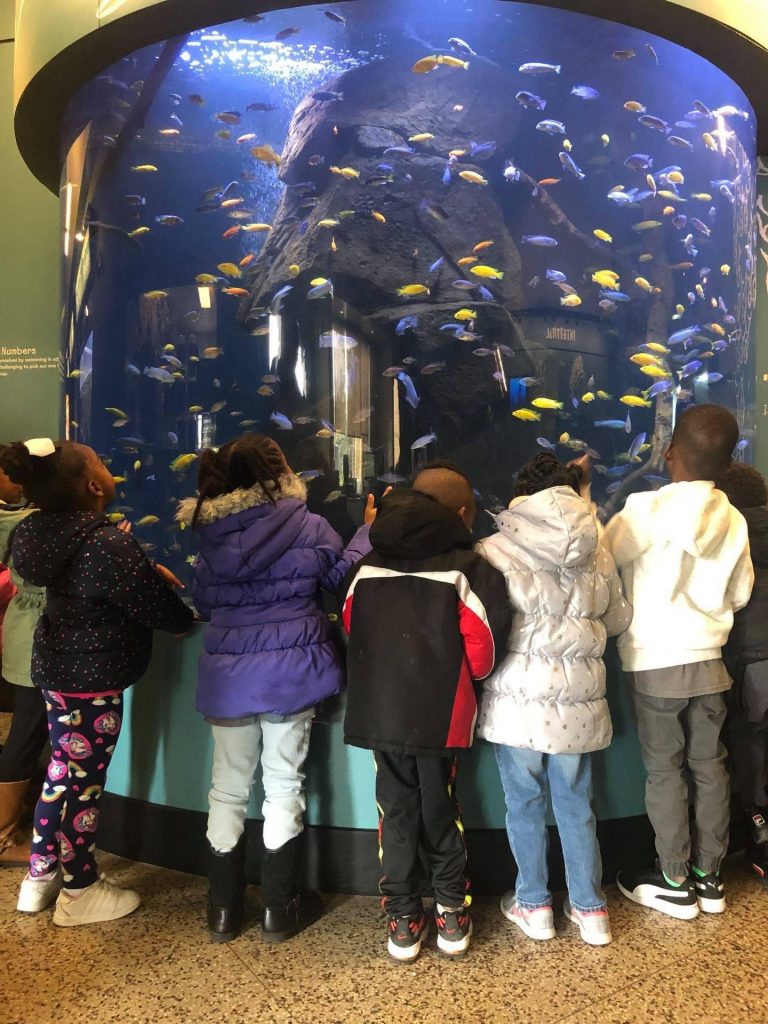Aquarium Guide
Have you ever considered setting up your own home aquarium? From the types of home aquariums available to the kinds of animals and plants you can put in them, the possibilities are almost limitless. Want to take a deep dive into the world of home aquariums? Let’s get started with a quick overview of everything you need to know.
So read on to find out everything you need to know about setting up the perfect home aquarium.
Types of Home Aquariums
When it comes to home aquariums, there are a variety of types to choose from. Common types of home aquariums include freshwater, saltwater, and reef tanks. Freshwater aquariums house animals such as tropical fish, shrimp, snails, and plants. Saltwater aquariums are more complex and require special maintenance, but they may include animals such as clownfish, damselfish, sea anemones, and coral. Reef tanks are saltwater aquariums that house a wide variety of animals, including some from the open ocean, such as clownfish and shrimp, and others, such as live coral and anemones, which require special care. Animals such as these require specific lighting, salt levels, and temperature ranges, so it is important to research the best care methods before setting up a reef tank.
No matter what type of aquarium you choose, make sure that it has enough space for all of the home aquarium animals you wish to house. It is important to note that most fish require a tank of at least 10 gallons, and some animals may require more than that. Research the specific needs of the animals you plan to include in your home aquarium and find the best aquarium size for them.
Freshwater Aquariums
Freshwater Aquariums are one of the most popular types of home aquariums due to their affordability, ease of maintenance, and ability to host a variety of vibrant and lively aquatic creatures. With a wide selection of fish, invertebrates, and aquatic plants readily available, freshwater aquariums can create an eye-catching and unique centerpiece for any home. When setting up a freshwater aquarium, you will need to take into account the types of animals you plan to include and the size of the tank. Smaller tanks should be limited to a few species of hardy, lower-maintenance fish, while larger tanks can be filled with a variety of colorful and interesting species. Additionally, you must select the right combination of fish to ensure they are compatible and can peacefully coexist in the same environment. Lastly, when choosing animals for your home aquarium, you should select fish that are relatively easy to care for and feed, such as tetras and goldfish. With the right setup and regular maintenance, your freshwater aquarium can be a tranquil and captivating addition to your home.
Saltwater Aquariums
Saltwater aquariums, also known as marine aquariums, offer an opulent look into a type of home aquarium. Marine aquariums are home to some of the most beautiful and dazzlingly colored creatures in the underwater world. Though these types of home aquariums require a lot of upkeep, they are quite rewarding and pleasurable to maintain. For those who want to explore this type of home aquarium, some of the most suitable animals are brightly colored fish like clownfish, wrasses, and damselfish. Additionally, many different invertebrates like sea anemones, crabs, and snails can also be added to give tanks more diversity and beauty. Lastly, marine aquariums require a specific balancing of saltwater and water parameters in order to create a suitable living environment for the animals kept within.
Reef Aquariums
Reef aquariums are one of the most popular types of home aquariums. Reef aquariums can include a variety of animals, such as various types of fish, coral, and invertebrates. They are often brightly colored and full of life, making them a great option for those looking to bring a piece of the ocean into their home. When setting up a reef aquarium, it is important to consider the size of the tank, the types of animals to include, and the maintenance involved. To create and maintain a healthy environment, you’ll need a variety of equipment, such as a quality filter, water pumps, and a heater. You’ll also need to provide the correct lighting for the inhabitants as well as test the water parameters. Regular water changes and maintenance are also necessary to keep a reef aquarium healthy.
Nano Aquariums
When it comes to home aquariums, nanotanks are an increasingly popular option. Nano aquariums are typically those that take up less than 10 gallons of water, making them one of the smallest types of home aquariums. Despite their small size, they can contain a variety of animals and be just as lively and beautiful as larger tanks.
When stocking a nanoaquarium, it is best to add smaller fish that are able to thrive in a limited environment. For example, certain species of betta fish and other small fish are great choices for nanotanks. Additionally, shrimp, snails, and other invertebrates can often be safely kept in a nanoaquarium.
Finally, nanotanks require a lot of maintenance. As the amount of water is limited, it is essential to regularly check the quality of the water as well as clean the tank itself. Good filters are also essential for nanoaquariums.
Paludariums
Aquariums, a type of home aquarium, are an interesting and beautiful way to bring the outdoors inside. Paludariums combine aquatic and terrestrial elements and typically include water, rocks, and plants. Depending on the size and nature of the aquarium, you may be able to include fish, amphibians, and other aquatic creatures. Common animals for paludariums include fiddler crabs, long-finned fish, and horned frogs. To ensure the health and safety of the animals, you must take proper care of the paludarium. This includes regular water changes, cleaning and monitoring water and air temperatures, and providing the right amount of light and nutrients. With the right maintenance, a paludarium can be a wonderful feature in any home.
A home aquarium is a beautiful addition to any home. Not only do they offer a peaceful space to relax and enjoy the beauty of nature, but they also come with a number of benefits. With the right setup, maintenance, and knowledge, the right aquarium can provide hours of enjoyment for years to come. From freshwater to saltwater, reef to nano, there is something for everyone. The types of fish, invertebrates, and plants available for aquariums will vary depending on the type of aquarium chosen. Regardless, investing the time and effort into learning about aquariums and the animals that inhabit them will be worth it in the long run. With proper research and routine maintenance, home aquariums can be a safe, fun, and ultimately rewarding experience for everyone.
Aquarium Care at a Glance
A home aquarium is more than just a beautiful piece of décor; it’s a living environment filled with a variety of fascinating aquatic life. While deciding which type of home aquarium to purchase, it’s important to consider which animals you’d like to include. From small and easy-to-care-for fish to intriguing invertebrates, there’s something for everyone.
Popular fish options for home aquariums include goldfish, tetras, and guppies. They are small and colorful and easy to care for, making them great options for first-time aquarium owners. Invertebrate options include shrimp, snails, and crabs. These animals are more sensitive to changes in water temperature and quality, so make sure you do your research before adding them to your home aquarium.
No matter your preference, there’s an animal for every type of home aquarium. All it takes is careful research and preparation to ensure a safe and happy home for your aquatic friends.
Aquarium Fish
Fish are the most popular choice for home aquariums and come in a wide variety of sizes, shapes, and colors. While there are a variety of fish to include in home aquariums, some popular ones are koi, freshwater tropical fish, goldfish, and betta fish. Fish of all types are relatively easy to care for because they do not require special diets or environments, but they do need clean water. Regular water changes and careful monitoring of water parameters can ensure that fish remain healthy and thrive in home aquariums. Additionally, fish should not be overcrowded, and an aquarium filter should be used to ensure that the quality of the aquarium remains high. With the proper care, fish can make wonderful additions to any home aquarium.
Crustaceans
Crustaceans can be a great addition to your home aquarium. Crustaceans are a type of sea creature that includes crabs, lobsters, shrimp, and crayfish. These animals are great for home aquariums as they are scavengers, which helps keep the aquarium clean. Crustaceans are also very entertaining and usually get along with most other animals kept in home aquariums. They can be kept with other invertebrates, such as snails and starfish, or other fish that are compatible with their size. When selecting a crustacean for your home aquarium, it is important to know the type of aquarium you have, as some types of aquariums may not be suitable for certain types of crustaceans. When selecting an animal for your home aquarium, it is also important to research their dietary needs. Crustaceans are omnivores and need a diet that includes proteins and plant matter. Once you have the right home aquarium and research the animal’s dietary needs, you can have a wonderful addition to your tank.
Plants
Aquarium plants are a great way to bring life and energy to your home aquarium. There are several types of aquarium plants to choose from, and most aquariums can accommodate a variety of species. Live plants can help oxygenate your aquarium and provide hiding spots for your fish. When selecting plants for your home aquarium, it is important to consider the size of your tank and the type of lighting it has. You also need to ensure that the plants you choose are compatible with the other animals in your tank. If you have fish that require a certain type of environment and lighting, the plants in your aquarium should match their needs. The most popular types of plants used in home aquariums are stems and mosses, as they are soft and undemanding.
Invertebrates
Invertebrates such as shrimp and crabs make up a large portion of the animals that are suitable for home aquariums. These species include shrimp, crabs, snails, and sea stars. These invertebrates are relatively easy to care for and can be found in a variety of types of home aquariums. Shrimp, for example, can be found in freshwater and saltwater aquariums, while crabs and snails are usually found in brackish or saltwater tanks. Aquarists should ensure that they are purchasing the right kind of invertebrate for their tank, as some species require specific water conditions. Aquarists should research each individual animal before adding it to their aquarium; some species may require particular diets, maintenance, and even tankmates.
Home Aquarium Maintenance
Taking care of a home aquarium is no small task and requires a certain level of dedication and commitment. For starters, the aquarium must be kept clean by removing uneaten food, excess waste, and any unsightly algae on the glass walls. In addition to this, the aquarium must be properly filtered, and the water should be tested regularly to ensure that the chemistry is optimal.
It is also important to ensure that the aquarium remains stocked with the appropriate types of home aquarium animals, depending on the type of home aquarium environment and the number of fish that inhabit the space. Depending on the type of fish, their diet, and the size of the fish tank, it is best to set up a feeding schedule to ensure that these animals receive enough food without wasting food on the bottom.
Lastly, it is important to stay on top of any and all maintenance tasks, such as cleaning the tank and replacing any lights, filters, or other necessary components. Taking the time to establish a routine and stay consistent in the maintenance of a home aquarium will help to ensure a healthy aquarium environment for the animals and a beautiful aquarium for the owner.
Water Quality
One of the most important aspects to consider when setting up a home aquarium is the quality of the water. Before introducing any types of home aquariums and their animals, the water must be tested and treated to ensure the safety and health of your aquatic occupants. Depending on the types of home aquariums you choose, you may need to purchase specialized water treatments or pH test kits to measure the water quality. For example, saltwater aquariums require a higher pH level than freshwater aquariums, and some species of animals may require additional treatments in order to survive and thrive. Additionally, it is important to keep the tank clean and replace water regularly to maintain a healthy environment for your aquariums and animals.
Filtration and aeration
This is a key aspect of creating a healthy home aquarium. Having an efficient filter in an aquarium helps to keep the water clean and free of debris, as well as remove potential toxins from the water. It also keeps the water oxygenated, which is essential for the fish and other aquatic animals that dwell in the home aquarium. When shopping for the right filter for your home aquarium, make sure it is the most suitable size for the type of aquarium you have. Also remember that bigger tanks will require more powerful filters with more capacity. As for aeration, it is necessary in order to increase the oxygen content in the water, which is essential for the fish living in your home aquarium. You can aerate your aquarium naturally by introducing live plants and increasing the surface area of the water. An air pump can also be used to add extra oxygen to your aquarium.
Lighting
Primary and accent lighting can be a tricky part of setting up a home aquarium. The right lighting system is important for the overall health of the aquarium. Different types of home aquariums require different kinds of lighting, depending on the plants and animals that inhabit the tank. Fish, coral, and other aquatic animals all require a certain amount of light to survive and stay healthy. Fluorescent lights with full-spectrum bulbs are commonly used to replicate the light that fish and other aquatic animals would experience in their natural habitats. LED lights are being increasingly used in home aquariums, as they do not produce as much heat as traditional fluorescent bulbs and are more energy efficient. Research the species in your tank to determine the type and intensity of lighting required for each animal.
Temperature and salinity
When setting up a home aquarium, temperature and salinity are two of the most important considerations. The temperature of the aquarium should be appropriate for the types of home aquariums and animals you are setting up. Most tropical fish and coral need temperatures between 75 and 80 degrees Fahrenheit, while other more hardy species such as goldfish and certain types of eels can tolerate cooler temperatures. Salinity is also important to consider since most saltwater aquariums need a certain salinity level in order to keep the fish and coral alive. Generally, this salinity level should stay between 1.020 and 1.026, and it can be monitored with a hydrometer.
Aquarium Cleaning and maintenance
Cleaning and maintaining your home aquarium is a crucial and essential part of creating your ideal aquatic habitat. Depending on the type and size of the home aquarium and the types of animals living in it, the maintenance process and schedule can vary. Cleaning an aquarium can include tasks like clearing away algae or cleaning the tank walls, replacing dirty filters, replacing and vacuuming the substrate, and performing water changes.
Particular species of animals in home aquariums have different cleaning and maintenance requirements. A few of the most popular animals for home aquariums are goldfish, tetras, guppies, and clownfish. Each of these species may need different amounts of food and regular water changes. Researching the specific needs of the types of animals you wish to keep in your aquarium is the key to successful maintenance.
With proper cleaning and maintenance, home aquariums can become a rewarding and enjoyable part of your home. Investing in the right aquarium supplies and tools will ensure that your aquarium is well taken care of and that the animals within it thrive.
Aquarium Equipment & Lingo
Buying aquarium equipment and understanding all of the terminology can be daunting for new aquarium buyers. We’re here to help! We have a comprehensive guide that explains different components and types of equipment that you will need when doing your first small aquarium setup.
Spelling of Aquarium
The word “aquarium” is often misspelled due to its unusual combination of letters, particularly the sequence of “q-u-a.” This spelling combination can be challenging for non-native speakers and those who are less familiar with the English language. Additionally, the word’s pronunciation, with the emphasis on the first syllable, can lead to confusion when attempting to spell it correctly.
While “aquarium” may not be as difficult to spell as some of the more obscure English words, it is still a word that many people struggle with. For example, words like “mnemonic” and “rhythm” are considered to be among the most challenging words to spell in the English language due to their irregular spellings and pronunciation. However, the difficulty of spelling “aquarium” will ultimately depend on the individual’s level of familiarity and experience with the English language.
Here’s some examples of the common misspellings of Aquarium.
Aquarium Gallery
Here’s images of different types of small tank home aquariums that we love! Check it out for yourself.
Aquariums Worth Visiting
Want to see something a…little bit…bigger? Visit these commercial tourist aquariums at your favorite destinations.
Topics of Interest
We’re a top resource for the beginning or experienced home aquarium enthusiast.

